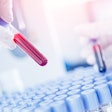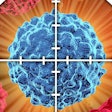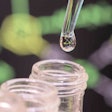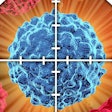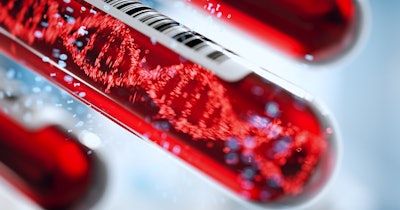
The global market for liquid biopsy diagnostic tests reached an estimated $1,267 million ($1.3 billion) in 2022, led by demand for diagnostics in guiding therapeutic decisions.
The market is forecast to almost triple over the next several years, approaching $3.9 billion in 2027, according to medical market research firm Kalorama Information in the new report The World Market for Liquid Biopsy, 2023. Kalorama is a sister company of LabPulse.
Liquid biopsies are a set of minimally invasive diagnostic methods that analyze tumor-derived materials that can be found circulating in biological fluids to provide information for the diagnosis, treatment, and monitoring of cancer. The liquid biopsy market can be segmented by the type of analyte detected and analyzed. There are four main categories: circulating tumor DNA (ctDNA), circulating tumor cells (CTCs), exosomes and other analytes, and multiple analytes. ctDNA-based tests represent the bulk of the market.
The market for liquid biopsy testing is in its early stages. As with many new technologies, the adoption rate of liquid biopsy testing is following a curve pattern, where early adoption will occur at a slower rate, but quickly pick up pace. The liquid biopsy market has reached the point that the pace of adoption is gaining momentum, and will rapidly increase over the forecast period through 2027.
Growth of the overall market revenues is expected to be propelled by several factors, including the introduction of new products for various clinical applications, in particular therapy guidance and early diagnosis; the rising incidence and prevalence of cancer in most major markets; and growing awareness among clinicians and patients about less-invasive diagnostic and monitoring technologies.
“Obviously, tissue biopsies and imaging techniques remain the current standards of care in the diagnosis of solid tumors. However, they have risks and limitations, some of which can be overcome by the use of liquid biopsy in clinical oncology, as an alternative or complementary technique to the current standards of care,” says Bruce Carlson, publisher of Kalorama Information, a subsidiary of Science and Medicine Group.
Liquid biopsy testing has many potential applications in aspects of clinical oncology, including the following:
- For early detection and diagnosis/screening
- As an alternative testing method when tissue biopsy is difficult or impossible, or when the primary site of metastatic disease is unknown
- For therapy personalization and monitoring – by molecular characterization of a patient’s disease, clinicians can select the optimal course of therapy and monitor efficacy over time, as well as quickly react to adjust therapy should treatment resistance arise
- For disease monitoring – to observe disease progression, tumor evolution, residual disease, and early detection of recurrence
- For prognosis of disease
North America, particularly the United States, is the greatest source of demand for liquid biopsy testing, followed by Europe. Liquid biopsy-based testing is gaining acceptance by third-party payors in the U.S., making testing more accessible to patients. The majority of companies in the market are based in the U.S. Many focus their attention and marketing efforts exclusively on the U.S. market. Meanwhile, in Europe, a significant proportion of liquid biopsy tests have been granted CE-IVD marking, granting them market access throughout the European Union, as well as other countries that recognize the CE Mark in Europe and beyond.
Despite trailing North America and Europe, the Asia Pacific region is ripe with intrigue and opportunity. In the Asia Pacific region, the incidence of cancer is rising, but so is healthcare spending. Accordingly, companies in the liquid biopsy space are beginning to increase their presence in the Asia Pacific market. New companies are slowly emerging in the region, while more established companies are expanding their presence through regional offices or strategic partnerships.








